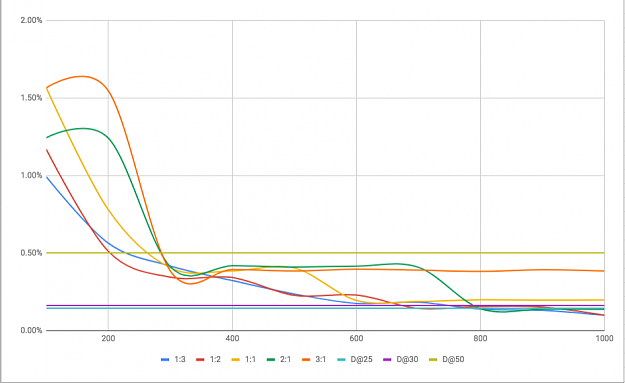System Parts (In Order of Importance):
1. Money Management Strategy
2. Risk:Reward Optimization
3. Entry/Exit Strategy
Benchmark:
- Average S&P500 Annual Returns (9.8%)
1. Money Management Strategy
2. Risk:Reward Optimization
3. Entry/Exit Strategy
Benchmark:
- Average S&P500 Annual Returns (9.8%)
